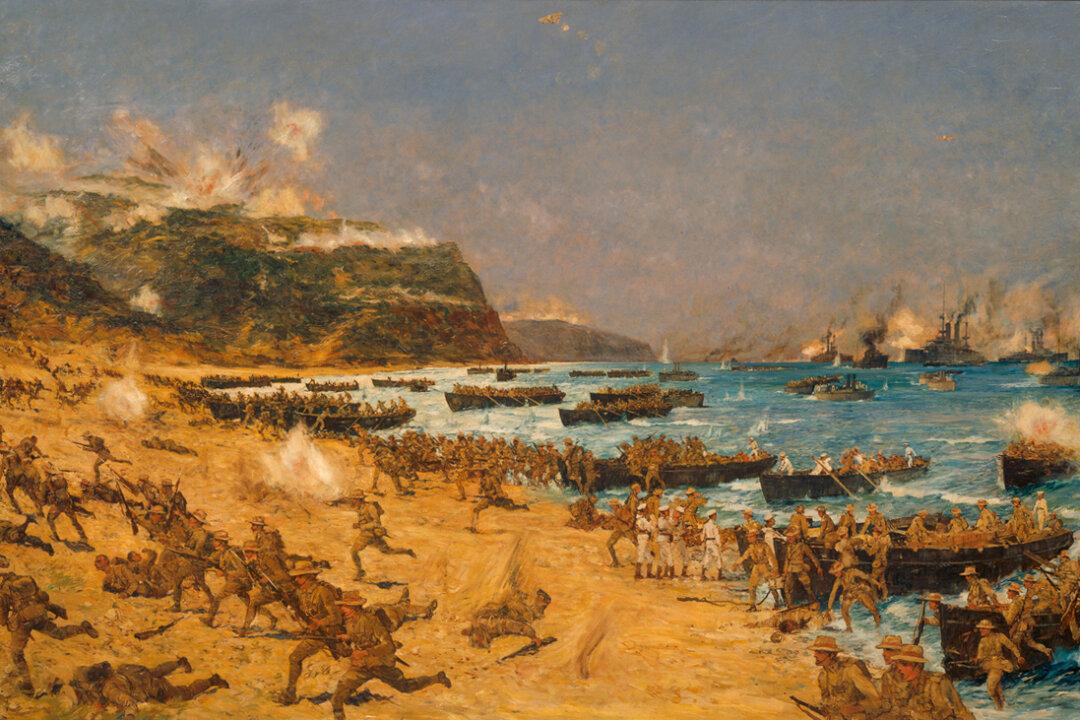War creates cultural collisions. In Si Sheppard’s militaristic comparison and contrast of Ottoman soldiers and those of Australia and New Zealand, the cultural divisions are easy to notice even before the collision. Sheppard utilizes battles from World War I in his book “ANZAC Soldier Versus Ottoman Soldier: Gallipoli and Palestine 1915–18” to point out the differences in military gear, strategy, and even enlistment requirements.
The author artfully describes how the soldiers of these two empires were dragged into combat. “Subject and colonial peoples from around the world were suddenly tasked with the obligation of shouldering arms at the behest of insular and exclusive policy-makers in far-off imperial capitals,” he writes. The notion could hardly be more true with those subjects of the British Empire in Australia and New Zealand brought into the war “from the uttermost ends of the Earth.” As Sheppard points out, these subjects of the Ottoman and British empires fought against those “whom they may only have had the haziest idea even existed.”






